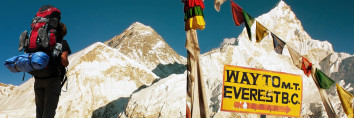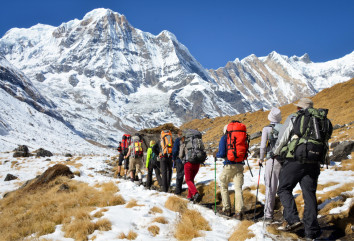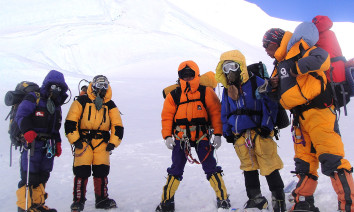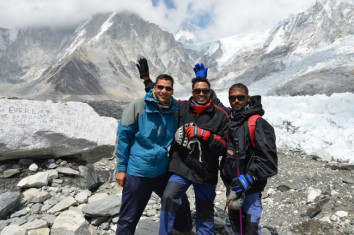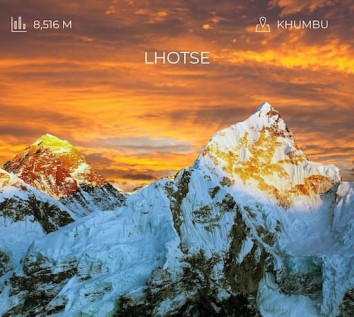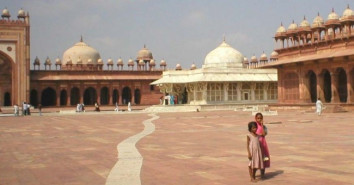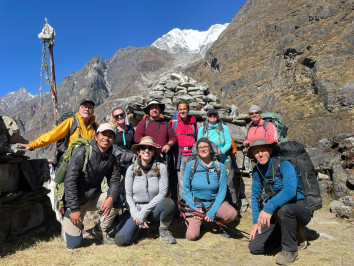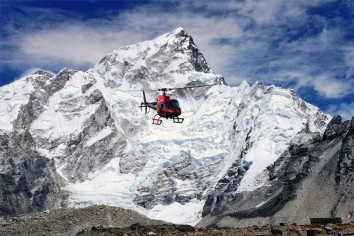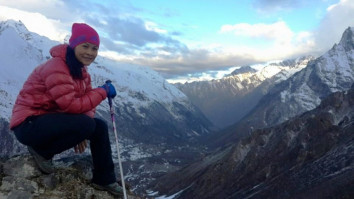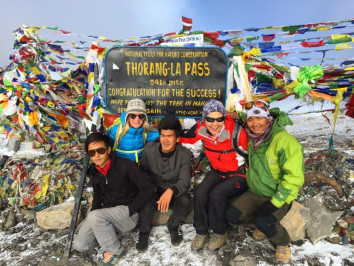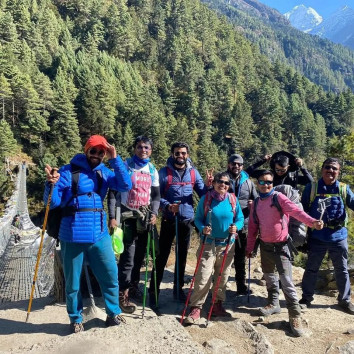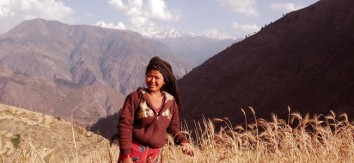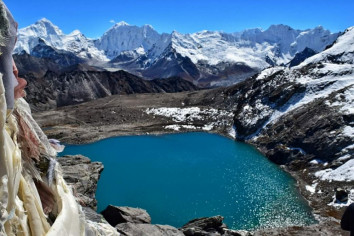4th Jan, 2024
Alps in Europe, Fact, Blog, Nature Alps Vs Mountain
The Alps is a major mountain range in Europe, spanning several countries and offering some of the continent's most iconic and stunning landscapes. Here are key facts about the Alps in Europe:
Table of Contents
-
Geography and Countries:
- The Alps stretch across eight European countries: France, Switzerland, Italy, Austria, Germany, Liechtenstein, Slovenia, and Monaco.
- They extend approximately 1,200 kilometers (750 miles) in an arc-like shape from the Mediterranean coast of France to the Pannonian Basin in Austria and Slovenia.
-
Highest Peaks:
- Mont Blanc: Located on the French-Italian border, Mont Blanc is the highest peak in the Alps, reaching an elevation of 4,809 meters (15,778 feet).
- Other notable peaks include the Matterhorn, the Eiger, and the Jungfrau.
-
Divisions:
The Alps are traditionally divided into Western Alps, Central Alps, and Eastern Alps, each with its own distinct geological and cultural characteristics.
-
Tourism and Outdoor Activities:
The Alps attract millions of tourists each year for skiing, mountaineering, hiking, and other outdoor activities. Famous ski resorts like Chamonix (France), Zermatt (Switzerland), and St. Anton (Austria) are located in the Alps.
-
Biodiversity:
- The Alps are home to diverse ecosystems, including alpine meadows, forests, and lakes, supporting a variety of plant and animal species.
-
Cultural Heritage:
- The Alps have a rich cultural heritage with traditions, languages, and folklore unique to each region. Traditional mountain villages and historical towns are scattered throughout the range.
-
Transportation:
- The Alps present challenges for transportation due to their rugged terrain. However, tunnels and passes, such as the Mont Blanc Tunnel and the Brenner Pass, provide vital transportation links between countries.
-
Conservation:
- Parts of the Alps are protected within national parks and nature reserves to preserve their natural beauty and biodiversity.
-
Climate:
- The climate in the Alps varies with altitude. At higher elevations, temperatures are cooler, and snowfall is common, making it an ideal environment for winter sports.
-
Ecotourism:
- Ecotourism initiatives in the Alps focus on sustainable practices to minimize the impact of tourism on the fragile alpine environment.
The Alps are not only a natural wonder but also a cultural and recreational hub, attracting visitors from around the world to experience their beauty and engage in various outdoor activities throughout the year.
Top Alps in Poland and Comperitive in Nepal
Poland and Nepal are both home to mountainous regions, each with its own notable peaks. However, it's important to note that the term "Alps" typically refers to a specific mountain range in Europe, and Poland doesn't have any peaks considered part of the Alps. Instead, the Carpathian Mountains dominate the landscape in southern Poland. Let's explore the highest peaks in both countries and make a comparative reference to the Himalayas in Nepal:
Poland (Carpathian Mountains):
-
Rysy:
- Elevation: 2,499 meters (8,199 feet)
- Location: Rysy is situated on the border between Poland and Slovakia in the High Tatras, which are part of the Carpathian Mountains.
- Note: Rysy is the highest peak in the Carpathians and in Poland.
-
Gerlachovský štít (in Slovakia):
- Elevation: 2,655 meters (8,711 feet)
- Location: Although Gerlachovský štít is in Slovakia, it's worth mentioning as the highest peak in the entire Carpathian mountain range.
Nepal (Himalayas):
-
Mount Everest (Sagarmatha/Chomolungma):
- Elevation: 8,848 meters (29,029 feet)
- Location: Part of the Himalayas, straddling the border between Nepal and Tibet (China).
- Note: Mount Everest is the highest peak globally and is a major attraction for climbers and trekkers from around the world.
-
Kangchenjunga:
- Elevation: 8,586 meters (28,169 feet)
- Location: Straddles the border between Nepal and the Indian state of Sikkim.
- Note: Kangchenjunga is the third-highest peak globally and the second-highest in Nepal.
Comparative Notes:
-
Elevation Differences: The highest peaks in Nepal, including Mount Everest and Kangchenjunga, significantly surpass the highest peaks in Poland and the Carpathians.
-
Mountain Range Differences: The Carpathian Mountains in Poland are part of the larger Carpathian mountain range in Central and Eastern Europe, while the Himalayas in Nepal are a distinct and massive mountain range.
-
Climbing and Trekking: While the Carpathians offer beautiful landscapes and trekking opportunities, the Himalayas, with their towering peaks, are renowned globally for challenging climbs and iconic trekking routes like the Everest Base Camp trek.
In summary, while Poland's Carpathian Mountains boast some impressive peaks, the scale and grandeur of Nepal's Himalayas, including the world's highest peak, set them apart in terms of global mountaineering significance.
Alps and Mountain in Nepal
Nepal is a country known for its impressive mountainous terrain, and it is home to some of the highest peaks in the world, particularly in the Himalayan range. Let's compare the Alps in Europe with the mountains in Nepal, focusing on the Himalayas:
Alps in Europe:
-
Location:
- The Alps span across eight European countries, including France, Switzerland, Italy, Austria, Germany, Liechtenstein, Slovenia, and Monaco.
-
Highest Peak:
- Mont Blanc, located on the French-Italian border, is the highest peak in the Alps, reaching an elevation of 4,809 meters (15,778 feet).
-
Characteristics:
- The Alps are characterized by a diverse landscape, including high peaks, deep valleys, glaciers, and alpine meadows.
- Popular for tourism, the Alps attract visitors for skiing, mountaineering, and hiking, and are known for their cultural diversity.
Mountains in Nepal (Himalayas):
-
Location:
- Nepal is home to a significant portion of the Himalayan mountain range, which is the world's highest and most extensive mountain range. The Himalayas stretch across several countries, including Nepal, India, Bhutan, China, and Pakistan.
-
Highest Peaks:
- Nepal boasts several of the world's highest peaks, including Mount Everest (8,848 meters/29,029 feet), Kanchenjunga (8,586 meters/28,169 feet), Lhotse, and Makalu.
- Mount Everest is the highest peak globally and is a major destination for mountaineers and trekkers.
-
Characteristics:
- The Himalayas are renowned for their towering peaks, deep valleys, and challenging terrain.
- The region is culturally rich, with a strong influence of Tibetan Buddhism, and it is home to diverse ecosystems and unique flora and fauna.
Comparisons:
-
Height:
- The Himalayas include some of the highest peaks on Earth, surpassing the Alps in terms of elevation. Mount Everest, the highest peak in the world, is located in Nepal.
-
Cultural Significance:
- Both the Alps and the Himalayas have cultural significance. The Alps are known for their cultural diversity among European countries, while the Himalayas, with their association with Tibetan Buddhism, have profound cultural and spiritual importance.
-
Tourism:
- Both regions attract tourists for outdoor activities, with the Alps being popular for skiing and the Himalayas for trekking and mountaineering.
In summary, while the Alps in Europe offer stunning landscapes and recreational opportunities, the Himalayas in Nepal stand out for their unparalleled heights, cultural richness, and global mountaineering significance. Each region has its unique characteristics and appeals to different types of travelers and outdoor enthusiasts.
Let's address each of your questions one by one:
-
Which country has the highest Alps?
- France and Italy share the highest part of the Alps, including Mont Blanc, which is the highest peak in the range.
-
Which country is 100% in the Alps?
- Liechtenstein is the only country that is entirely within the Alpine region.
-
Which 4 countries share the Alps?
- The Alps are shared by eight countries: France, Switzerland, Italy, Austria, Germany, Liechtenstein, Slovenia, and Monaco.
-
Which country has the best Alps?
- The perception of the "best" Alps can be subjective. Each country has its own unique charm and attractions within the Alpine region.
-
What are the 7 countries in the Alps?
- France, Switzerland, Italy, Austria, Germany, Liechtenstein, and Slovenia are the seven countries that have portions of the Alps within their borders.
-
How many countries are in the Alps?
- There are eight countries in total that share the Alps.
-
Which is higher, Alps or Himalayas?
- The Himalayas are higher than the Alps. Mount Everest in the Himalayas is the world's highest peak, standing at 8,848 meters (29,029 feet), whereas Mont Blanc in the Alps is the highest peak in Europe at 4,809 meters (15,778 feet).
-
What are the 3 tallest Alps in Europe?
- The three tallest peaks in the Alps are Mont Blanc (France/Italy), Dufourspitze (Switzerland), and Nordend (Switzerland).
-
What is the biggest mountain in the Alps?
- Mont Blanc is the highest peak in the Alps, standing at 4,809 meters (15,778 feet) above sea level.
-
What is the tallest mountain in the world?
- Mount Everest in the Himalayas is the tallest mountain in the world, with an elevation of 8,848 meters (29,029 feet).
-
Are the Alps the highest mountains in Asia?
- No, the Alps are not in Asia; they are in Europe. The highest mountains in Asia are the Himalayas.
-
Which is the highest peak of Europe?
- Mont Blanc is considered the highest peak in Europe, although the boundary between Europe and Asia is not precisely defined.
-
What are 5 facts about the Alps?
- The Alps are approximately 1,200 kilometers (750 miles) long.
- The region has a diverse range of flora and fauna.
- The Alps are a popular destination for skiing and mountaineering.
- The highest peak, Mont Blanc, attracts climbers from around the world.
- The Alps have been inhabited since prehistoric times, with evidence of ancient settlements.
-
How many mountains are in the Alps?
- The Alps consist of numerous mountains, including many peaks over 3,000 meters (9,800 feet) in elevation.
-
Are the Alps the biggest?
- The Alps are a significant mountain range in Europe, but in terms of size, they are not the largest. The Himalayas in Asia are more extensive and higher.
-
What is Switzerland's highest mountain?
- Dufourspitze is the highest peak in Switzerland, part of the Monte Rosa massif in the Pennine Alps.
-
What are the names of the Alps?
- The Alps do not have a specific set of names; rather, individual peaks and ranges within the Alps have distinct names.
-
Are the Alps the youngest and highest?
- The Alps are relatively young in geological terms, formed during the Alpine orogeny, but they are not the highest mountains globally. The Himalayas are higher.
-
What mountains are in the Alps?
- The Alps consist of numerous mountain ranges, including the Bernese Alps, the Pennine Alps, the Julian Alps, and more.
-
What is the full name of the Alps?
- The term "Alps" does not have a full name. It refers to a major mountain range in Europe.
-
What is the full name of the Alps mountains?
- There isn't a specific full name for the Alps; "Alps" is the commonly used term.
-
Are the Alps the Himalayas?
- No, the Alps and the Himalayas are distinct mountain ranges. The Alps are in Europe, while the Himalayas are in Asia.
-
What small country is in the Alps?
- Liechtenstein is a small country entirely located within the Alps.
-
Which country is Mont Blanc in?
- Mont Blanc is on the border between France and Italy. The highest point of Mont Blanc is in France.
-
Which is the tallest peak of Japan?
- Mount Fuji is the highest peak in Japan.
-
What are the Alps famous for?
- The Alps are famous for their stunning landscapes, recreational activities such as skiing and hiking, and their cultural and historical significance.
-
What is the difference between a mountain and an Alps?
- A mountain is a general term for an elevated landform, while the Alps specifically refer to a major mountain range in Europe.
-
What formed the Alps?
- The Alps were formed through tectonic processes, primarily the collision of the African and Eurasian tectonic plates during the Alpine orogeny.
-
Is Swiss Alps a city?
- No, the Swiss Alps is not a city. It refers to the mountainous region in Switzerland.
-
How many Swiss Alps are there?
- The term "Swiss Alps" generally refers to the entire Alpine region within Switzerland, encompassing various mountain ranges.
-
What separates Spain and France?
- The Pyrenees mountain range separates Spain and France.
-
What's the difference between Alps and Himalayas?
- The Alps are a mountain range in Europe, while the Himalayas are in Asia. The Himalayas are higher and more extensive than the Alps.
-
Which part of the Himalayas is the highest?
- The central part of the Himalayas contains the highest peaks, including Mount Everest.
-
How are Alps different from Himalayas?
- The Alps and the Himalayas differ in location, height, and geological origin. The Himalayas are higher and more extensive.
-
What is the youngest mountain range in the world?
- The Himalayas are considered one of the youngest mountain ranges in the world.
-
Which is higher, Alps or Rockies?
- The Rockies are generally higher than the Alps. The Rocky Mountains are a major mountain range in North America.
-
Which is the most famous peak of Greater Himalayas?
Mount Everest is the most famous peak in the Greater Himalayas.
-
Why is it called the Alps?
The origin of the name "Alps" is uncertain, but it may be derived from the Celtic word "alb," meaning "white" or "height."
-
What are the Swiss Alps called?
The term "Swiss Alps" refers to the portion of the Alps mountain range that is situated within Switzerland. The Swiss Alps encompass a vast and stunning mountainous region that is renowned for its picturesque landscapes, high peaks, and outdoor recreational activities. The Alps in Switzerland include various mountain ranges, such as the Bernese Alps, Pennine Alps, Uri Alps, and others. The Swiss Alps are a major attraction for tourists, offering opportunities for skiing, hiking, mountaineering, and enjoying the natural beauty of the alpine environment.
Best Selling Trips Nepal, Tibet And Bhutan
Actual Adventure offer more then 50 special holidays package in Nepal, Tibet, Bhutan and India, including Trekking, tour, biking and climbing. from 1 week to 3 weeks holidays with reasonable. you can think for Annapurna Base Camp Trekking, Manaslu circuit Trek, Tsum Valley Trek, and Everest Base Camp Trekking, which are equally worthy to carry out Nepal Trekking and Hiking during your Nepal to visit lets Book your Adventure with us Everest Base Camp Trek, Annapurna Base Camp Trek, Langtang Valley Trek, Langtang Gosainkunda Trek, Manaslu Circuit Trekking Peak climbing and Expedition above 8000m or Any 3 country tour in Himalayas for culture, pilgrimage or explore view Explore the most sought-after Buddhist pilgrimage packages in Asia featuring enchanting destinations in Nepal, Tibet, and Bhutan.
Recent Posts

23rd Jan, 2017

12th Jan, 2014
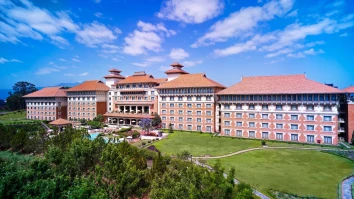
24th Apr, 2017
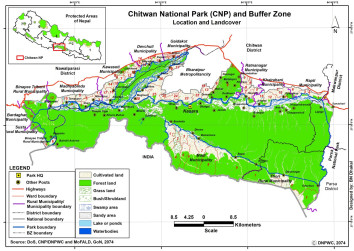
3rd Apr, 2014

3rd Jun, 2017

20th Jan, 2017

16th Jan, 2017
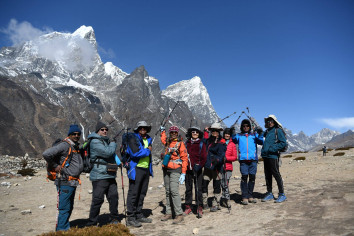
12th Jul, 2015

9th Apr, 2019
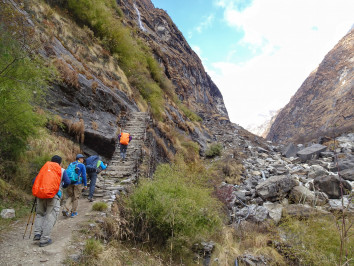
9th Jan, 2014
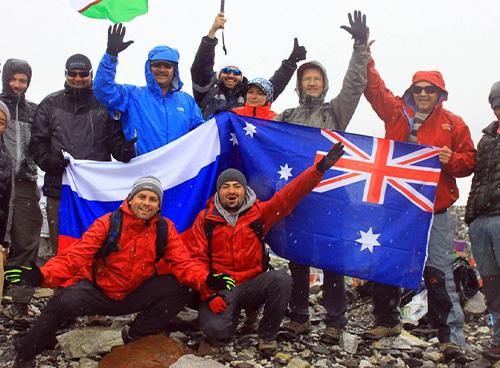
4th Apr, 2019

2nd Jan, 2014

2nd Apr, 2019

2nd Jan, 2014
-1.jpg)
30th Jan, 2017
-1.jpg)
4th Oct, 2018

16th Oct, 2018

9th Oct, 2018

24th Jan, 2016

4th Oct, 2018
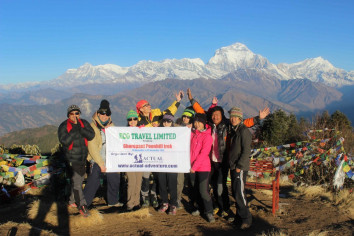
24th Aug, 2022

8th Sep, 2022

15th Sep, 2022
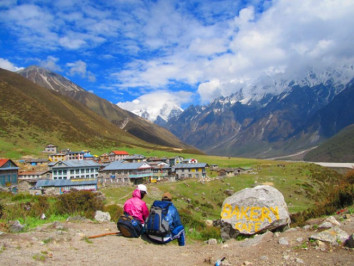
3rd Mar, 2023
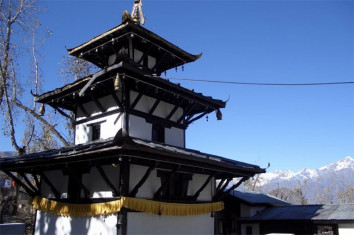
7th Mar, 2023
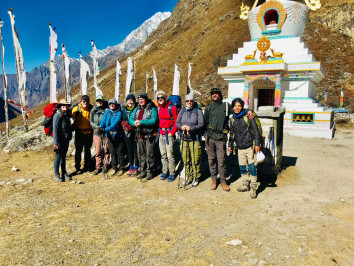
27th Mar, 2023

5th Apr, 2023

12th Apr, 2023
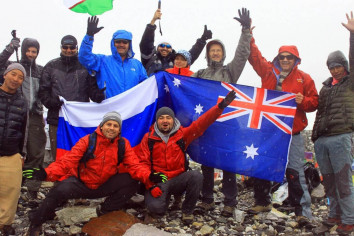
21st Apr, 2023

24th Apr, 2023
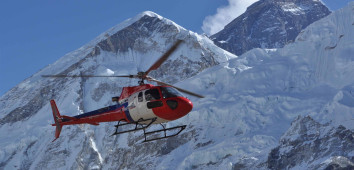
27th Apr, 2023

1st May, 2023
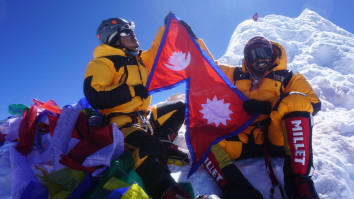
1st May, 2023
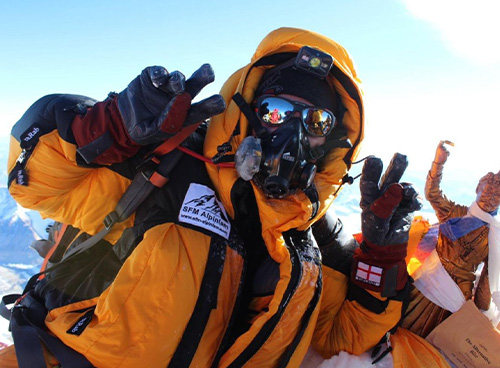
3rd May, 2023
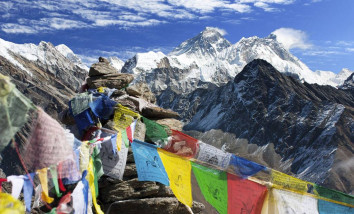
18th May, 2023
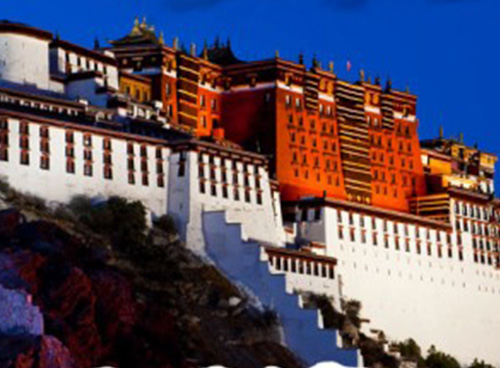
19th May, 2023

16th Jul, 2023

16th Jul, 2023
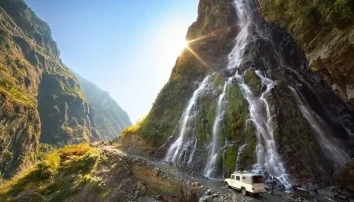
16th Jul, 2023
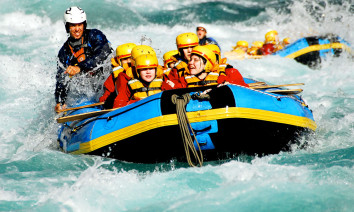
16th Jul, 2023

17th Jul, 2023

17th Jul, 2023

17th Jul, 2023

17th Jul, 2023

17th Jul, 2023

17th Jul, 2023

17th Jul, 2023

20th Jul, 2023
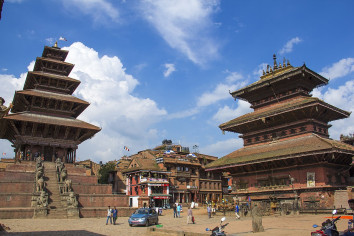
21st Jul, 2023

27th Jul, 2023
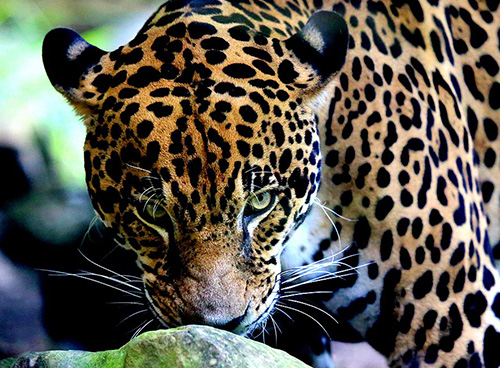
30th Jul, 2023
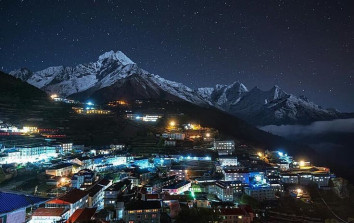
30th Jul, 2023

21st Aug, 2023
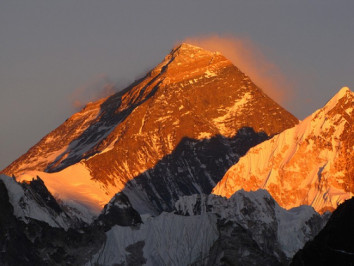
22nd Aug, 2023
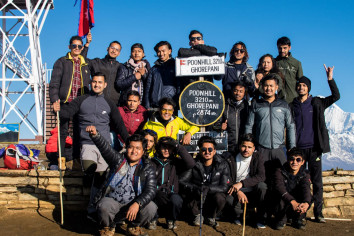
28th Aug, 2023
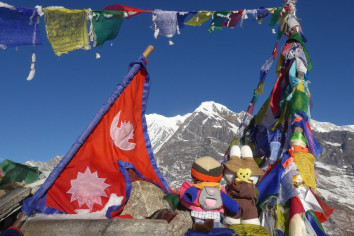
6th Oct, 2023

5th Nov, 2023

7th Nov, 2023

19th Nov, 2023
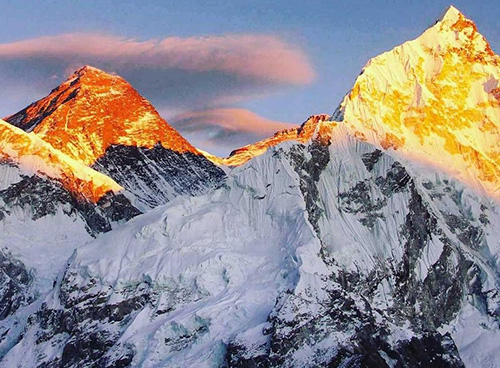
25th Nov, 2023

1st Dec, 2023
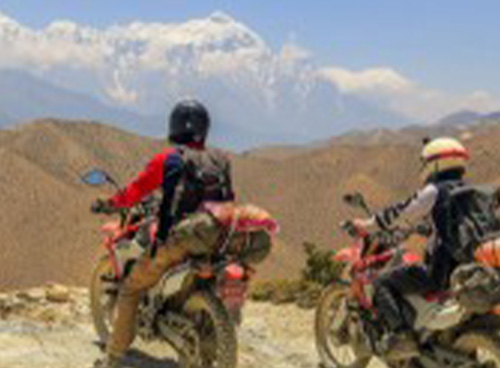
3rd Dec, 2023

13th Dec, 2023
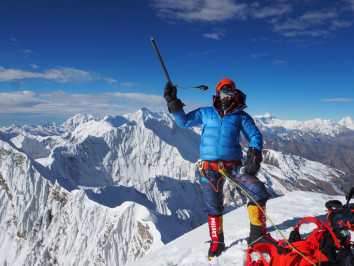
13th Dec, 2023
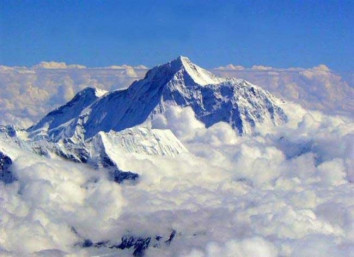
13th Dec, 2023

21st Dec, 2023

21st Dec, 2023

23rd Dec, 2023
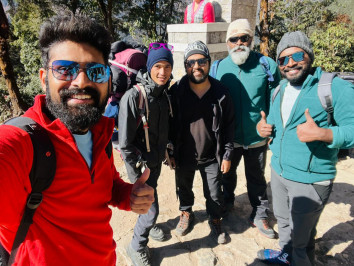
25th Dec, 2023

25th Dec, 2023

31st Dec, 2023
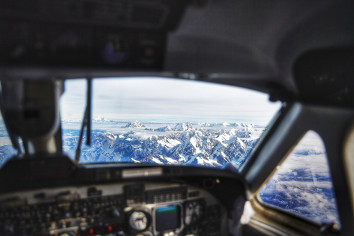
31st Dec, 2023
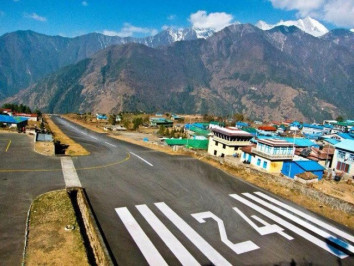
31st Dec, 2023

1st Jan, 2024
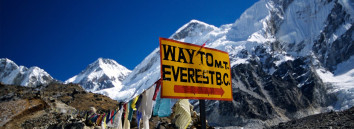
2nd Jan, 2024
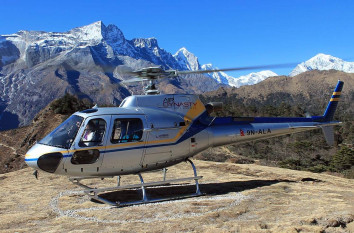
2nd Jan, 2024
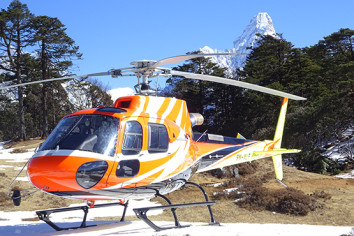
2nd Jan, 2024

3rd Jan, 2024
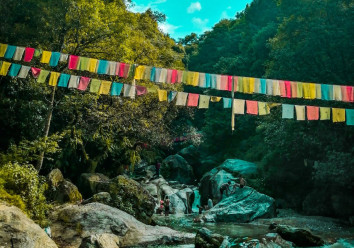
4th Jan, 2024
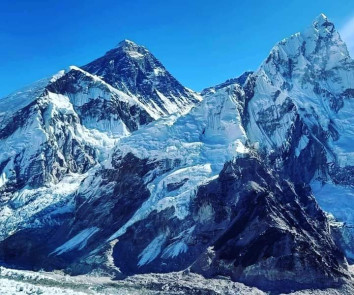
4th Jan, 2024
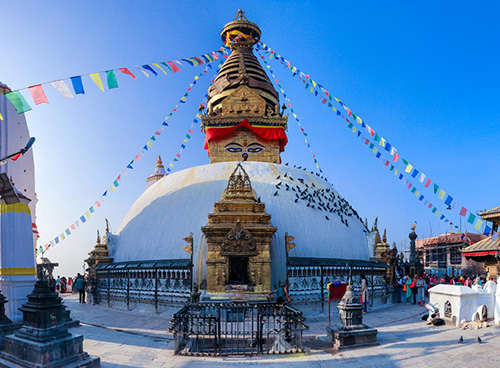
4th Jan, 2024
.jpg)
4th Jan, 2024

4th Jan, 2024

4th Jan, 2024

5th Jan, 2024

6th Jan, 2024

6th Jan, 2024

9th Jan, 2024

10th Jan, 2024
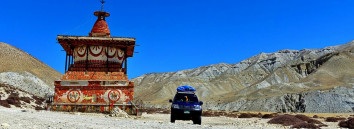
10th Jan, 2024
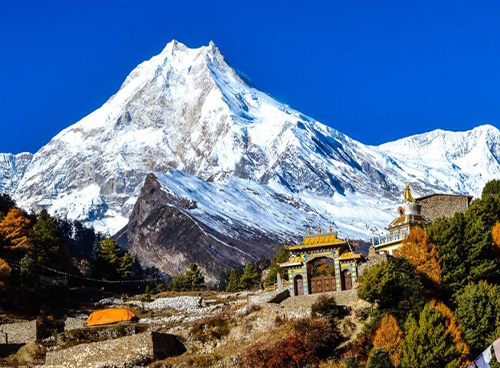
10th Jan, 2024

10th Jan, 2024
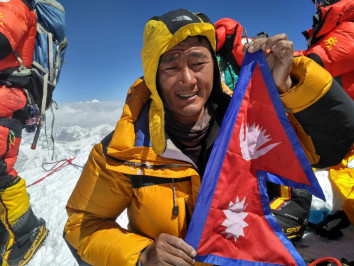
11th Jan, 2024
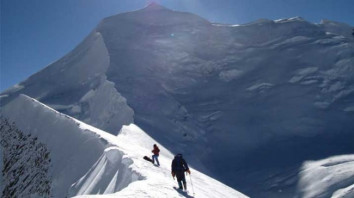
11th Jan, 2024

12th Jan, 2024

12th Jan, 2024

13th Jan, 2024
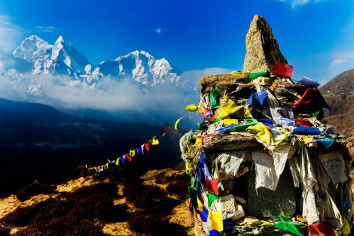
14th Jan, 2024
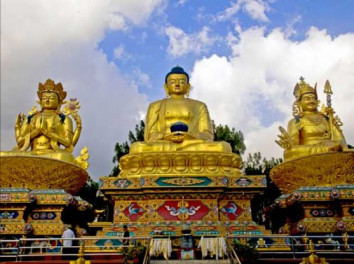
14th Jan, 2024

15th Jan, 2024
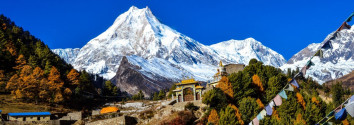
15th Jan, 2024

15th Jan, 2024

16th Jan, 2024
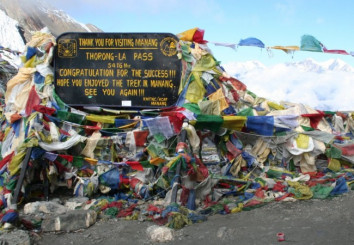
16th Jan, 2024
.jpg)
16th Jan, 2024

16th Jan, 2024
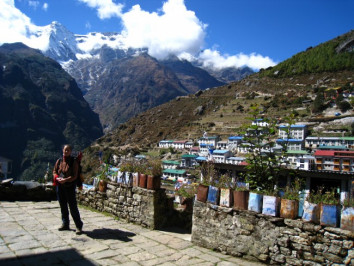
18th Jan, 2024
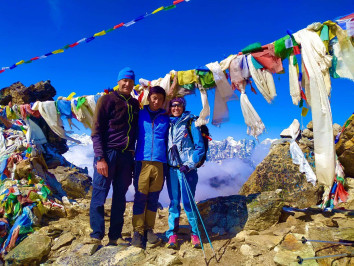
24th Jan, 2024

26th Jan, 2024
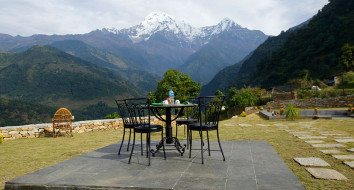
28th Jan, 2024
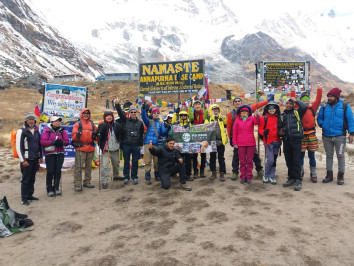
28th Jan, 2024

30th Jan, 2024
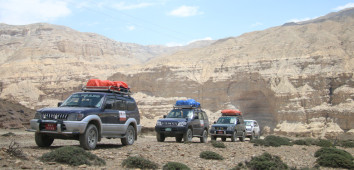
30th Jan, 2024
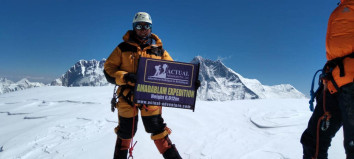
2nd Feb, 2024

2nd Feb, 2024

2nd Feb, 2024
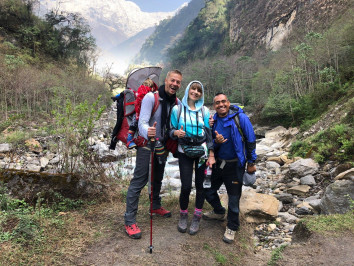
3rd Feb, 2024
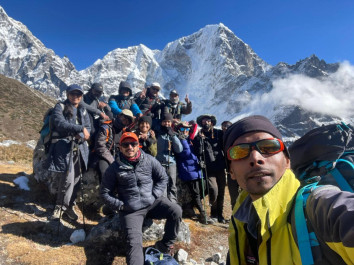
4th Feb, 2024

8th Feb, 2024

9th Feb, 2024

10th Feb, 2024
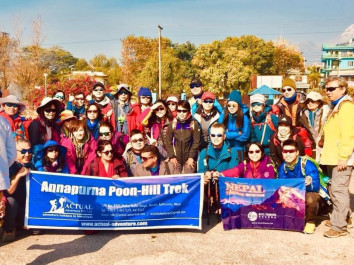
10th Feb, 2024
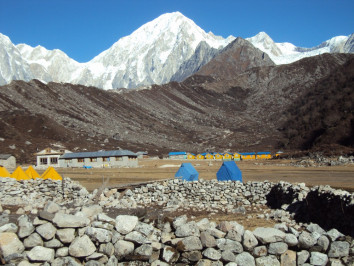
11th Feb, 2024

12th Feb, 2024
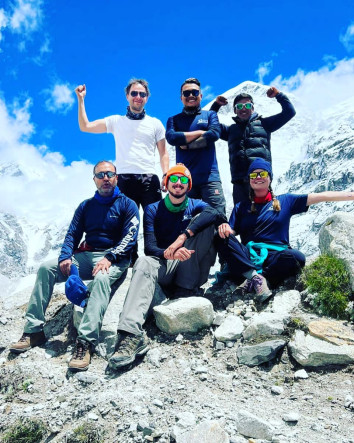
12th Feb, 2024

13th Feb, 2024

13th Feb, 2024

16th Feb, 2024

18th Feb, 2024

20th Feb, 2024
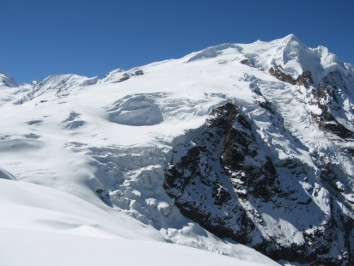
21st Feb, 2024
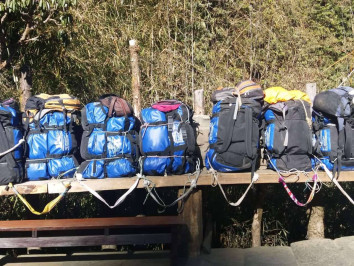
21st Feb, 2024

27th Feb, 2024
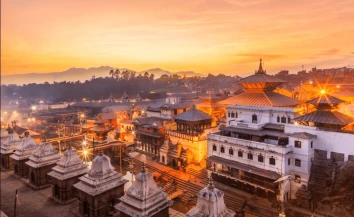
3rd Mar, 2024

3rd Mar, 2024
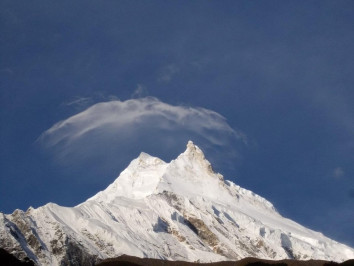
4th Mar, 2024
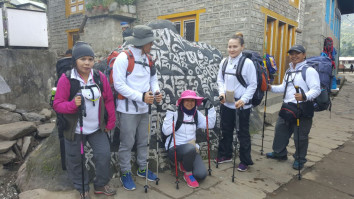
5th Mar, 2024
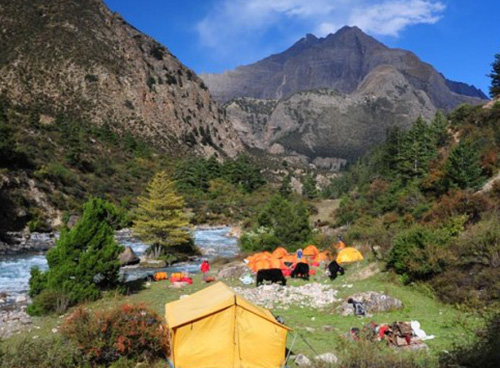
5th Mar, 2024

10th Mar, 2024

10th Mar, 2024

10th Mar, 2024
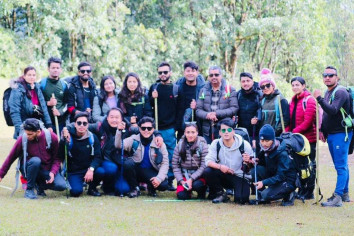
11th Mar, 2024

13th Mar, 2024

13th Mar, 2024
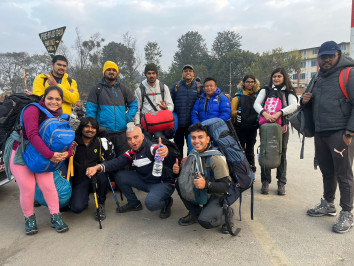
19th Mar, 2024
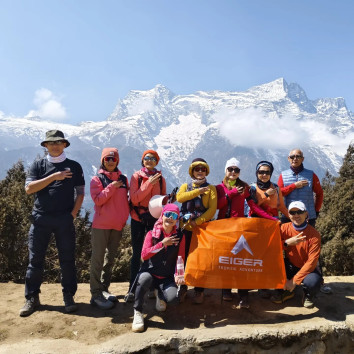
22nd Mar, 2024

26th Mar, 2024

27th Mar, 2024

27th Mar, 2024

27th Mar, 2024
-1624864292-1.jpg)
28th Mar, 2024

2nd Apr, 2024

2nd Apr, 2024

4th Apr, 2024
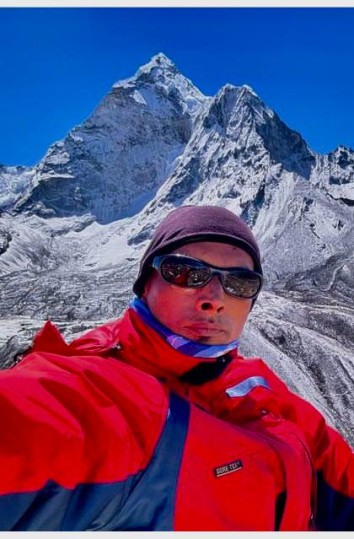
12th Apr, 2024
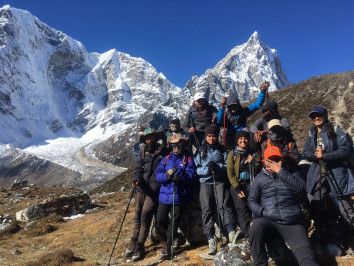




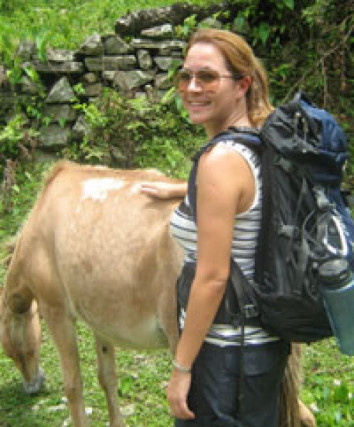
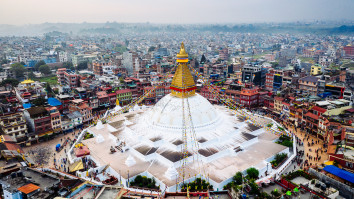
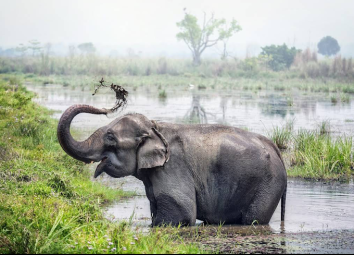


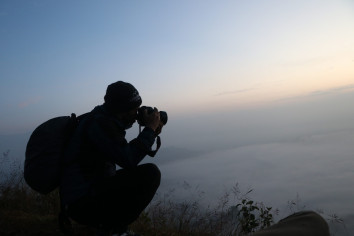


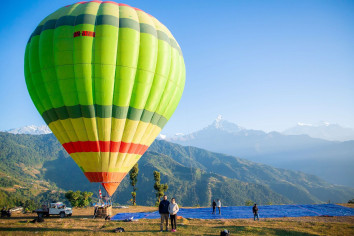






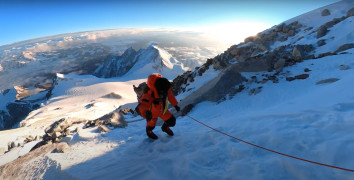
.jpg)
